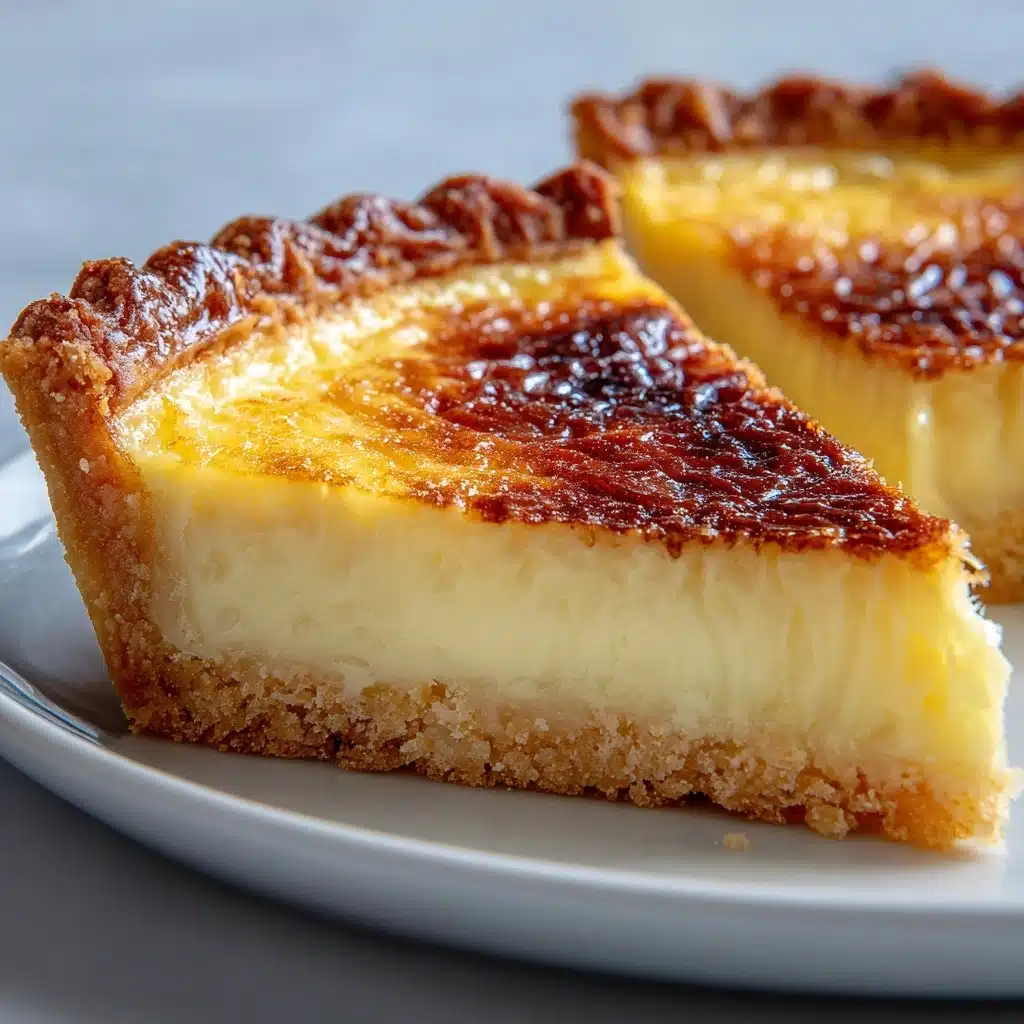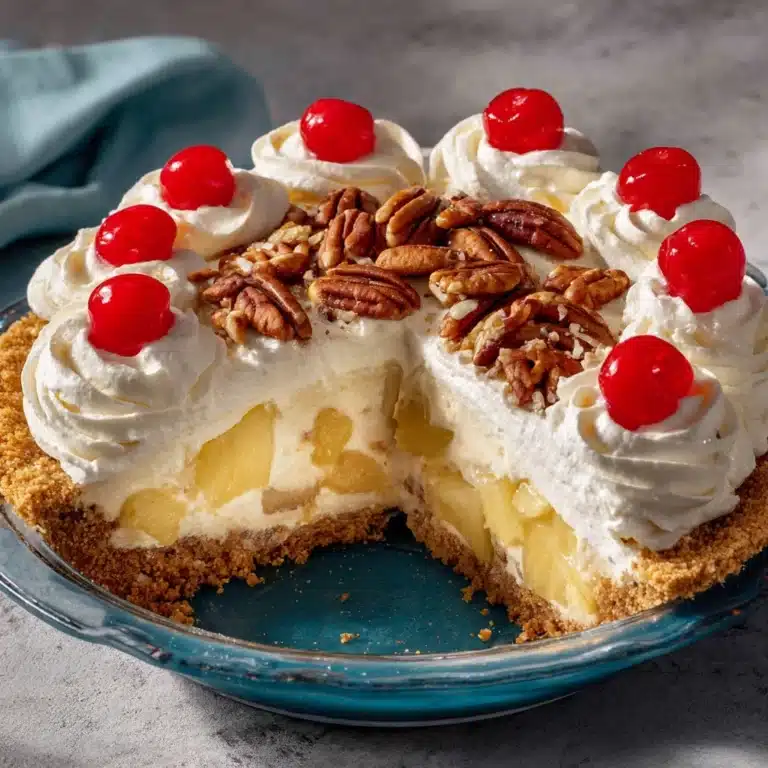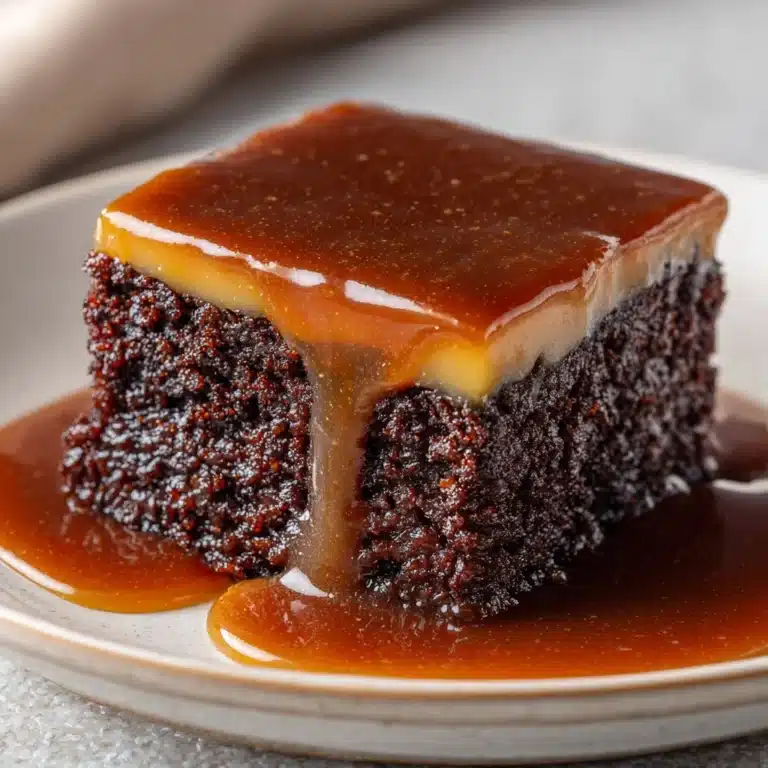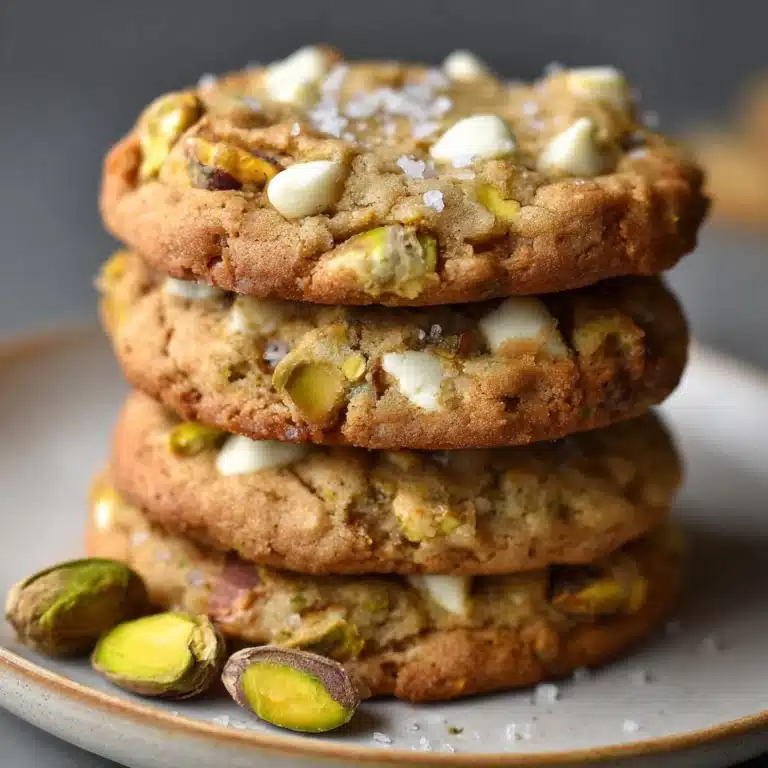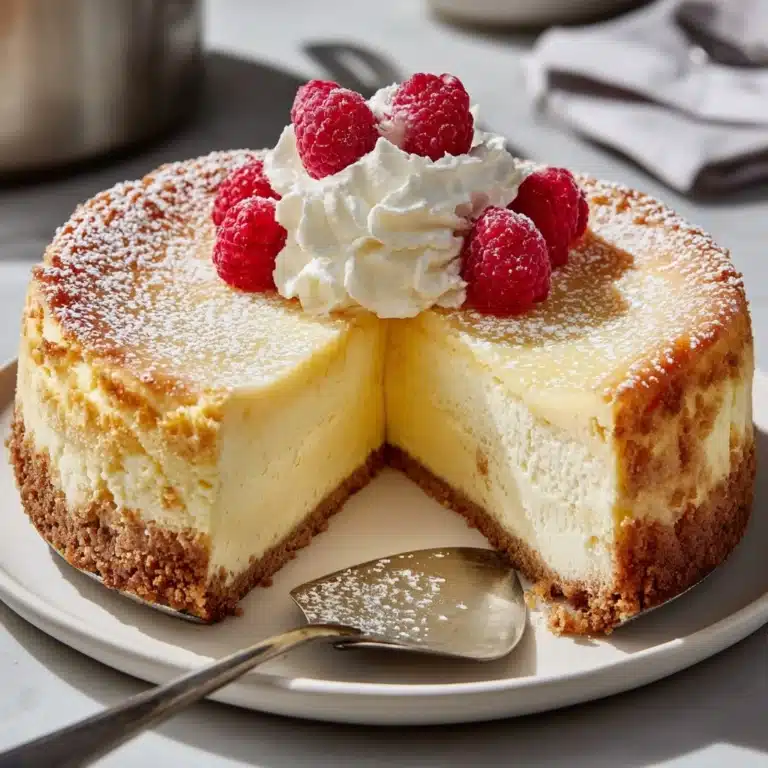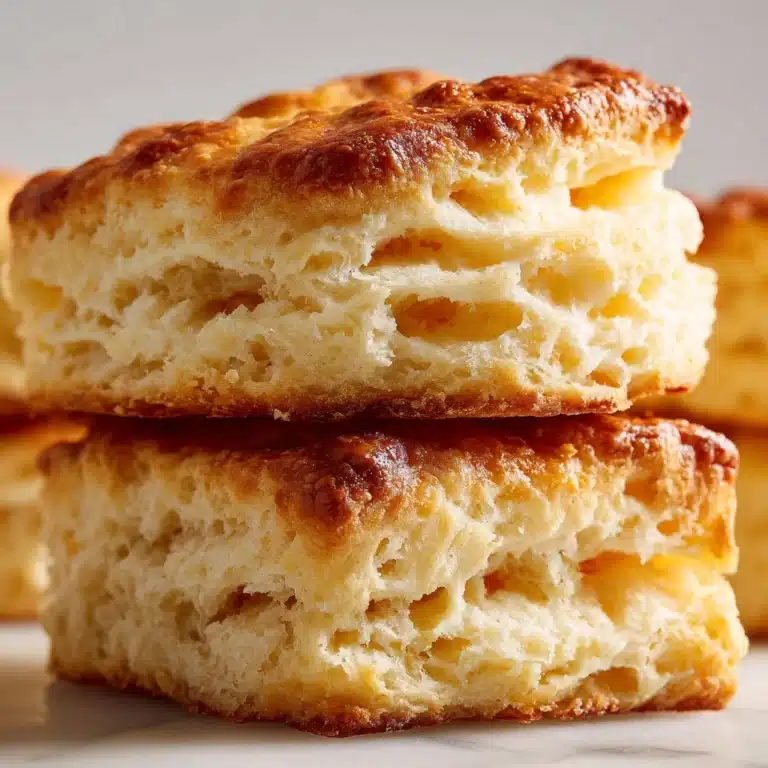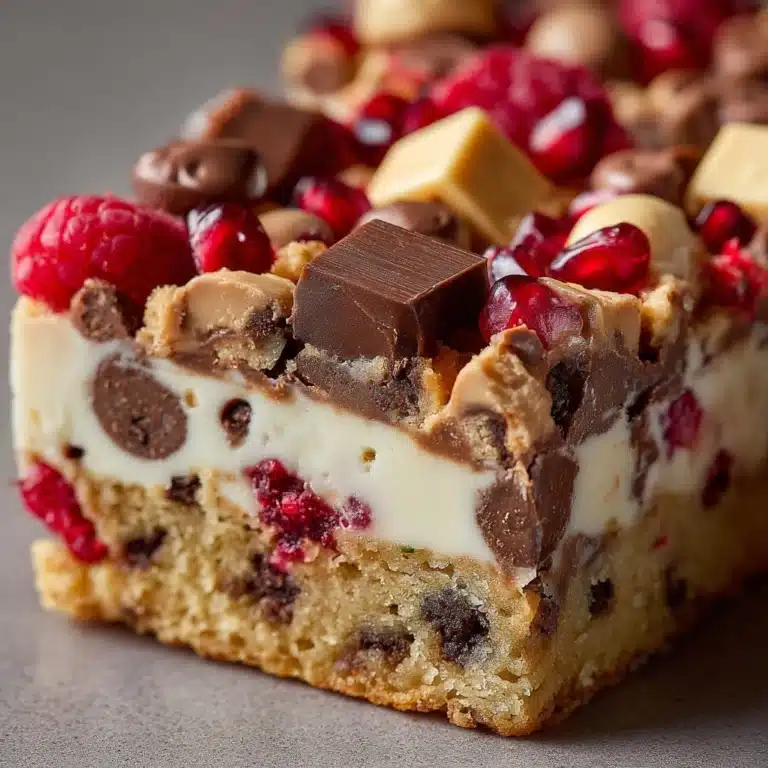There’s nothing quite as comforting as a spoonful of Fail-Proof Egg Custard—the silkiest, most nostalgic dessert I know. Creamy, lightly sweetened, and crowned with a hint of nutmeg, this simple treat brings together just a handful of pantry staples for a dessert that feels utterly luxurious. Whether you’re new to homemade custard or a longtime fan, this method guarantees results so lusciously smooth, you’ll want to make it again and again. Let’s dive right in and explore the magic behind this classic.
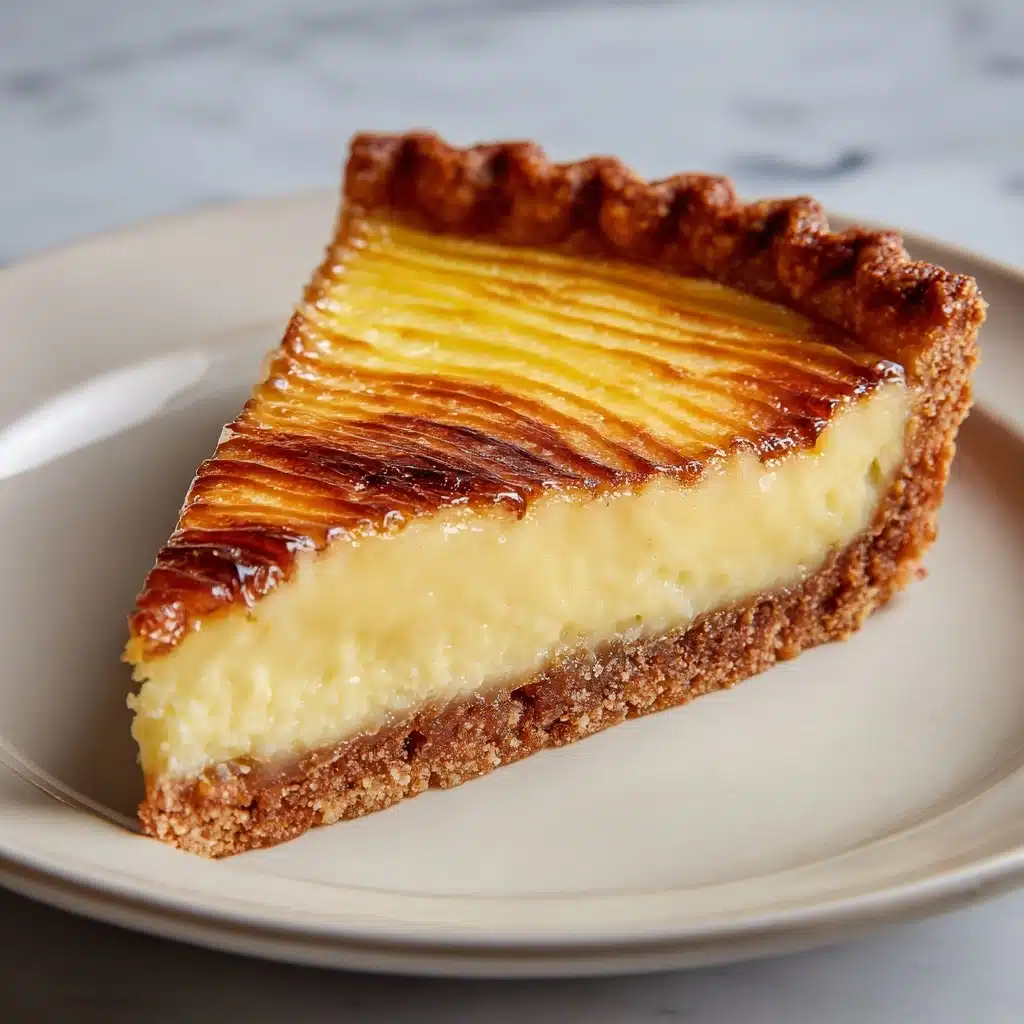
Ingredients You’ll Need
Making Fail-Proof Egg Custard is all about quality and balance. Each ingredient pulls its weight to create that iconic creamy texture and delicate flavor. Here’s what you need, plus a tip for each:
- Whole milk: It’s the perfect base for a rich, full-bodied custard—don’t be tempted to go skim!
- Large eggs: These are the structure-builders, giving the custard its silky set.
- Granulated sugar: Just enough to sweeten without overpowering the subtle vanilla and milk flavors.
- Pure vanilla extract: Adds warmth and complexity; always use real vanilla for the best flavor.
- Salt: Just a pinch, but absolutely crucial to balance the sweetness and intensify the custard’s taste.
- Freshly grated nutmeg: The classic finishing touch, offering a fragrant, cozy aroma that elevates every bite.
How to Make Fail-Proof Egg Custard
Step 1: Gently Warm the Milk
Start by preheating your oven to 325°F. Pour the whole milk into a medium saucepan and warm it over medium heat until it’s just beginning to steam. You want it warm to the touch, but not bubbling—this gentle heat is what keeps your Fail-Proof Egg Custard super smooth and prevents unwanted scrambling later on.
Step 2: Whisk Together the Base
While the milk warms, grab a large mixing bowl and add the eggs, granulated sugar, vanilla extract, and salt. Whisk everything together until it’s homogenous and a bit frothy. A thorough whisk at this stage means your custard will set up with that dreamy, unified texture every home cook aims for.
Step 3: Temper the Eggs
Slowly pour the warm milk into your egg mixture, whisking constantly. This is the defining moment in Fail-Proof Egg Custard—adding the milk too quickly (or without whisking) can lead to cooked egg bits. Streaming it in gradually ensures a smooth, lump-free custard, every single time.
Step 4: Strain for Silkiness
Pour your custard mixture through a fine mesh sieve into a large measuring cup or bowl. This step might seem fussy, but it’s truly essential for the silkiest possible texture, guaranteeing your Fail-Proof Egg Custard is free of stray egg bits or bubbles.
Step 5: Pour and Bake in a Water Bath
Distribute the strained custard evenly among six 6-ounce ramekins. Gently set the ramekins in a large baking dish and fill the dish with hot water until it reaches halfway up the sides—this water bath insulates the custard, baking it gently and evenly so you avoid curdles or cracks.
Step 6: Nutmeg and Bake
Sprinkle each ramekin with a little freshly grated nutmeg. Slide the whole pan into your oven and bake for 40 to 45 minutes. Keep an eye on that jiggle—your Fail-Proof Egg Custard should be mostly set with a slight tremble in the center. Overbaking is the only real enemy, so pull them out as soon as they have that delicate wobble!
Step 7: Cool and Chill
Carefully remove the ramekins from their water bath and let them cool to room temperature. Once they’ve cooled down, transfer them to the refrigerator for at least two hours. This chilling time allows the custard to finish setting and develop its signature creamy, spoonable texture.
How to Serve Fail-Proof Egg Custard
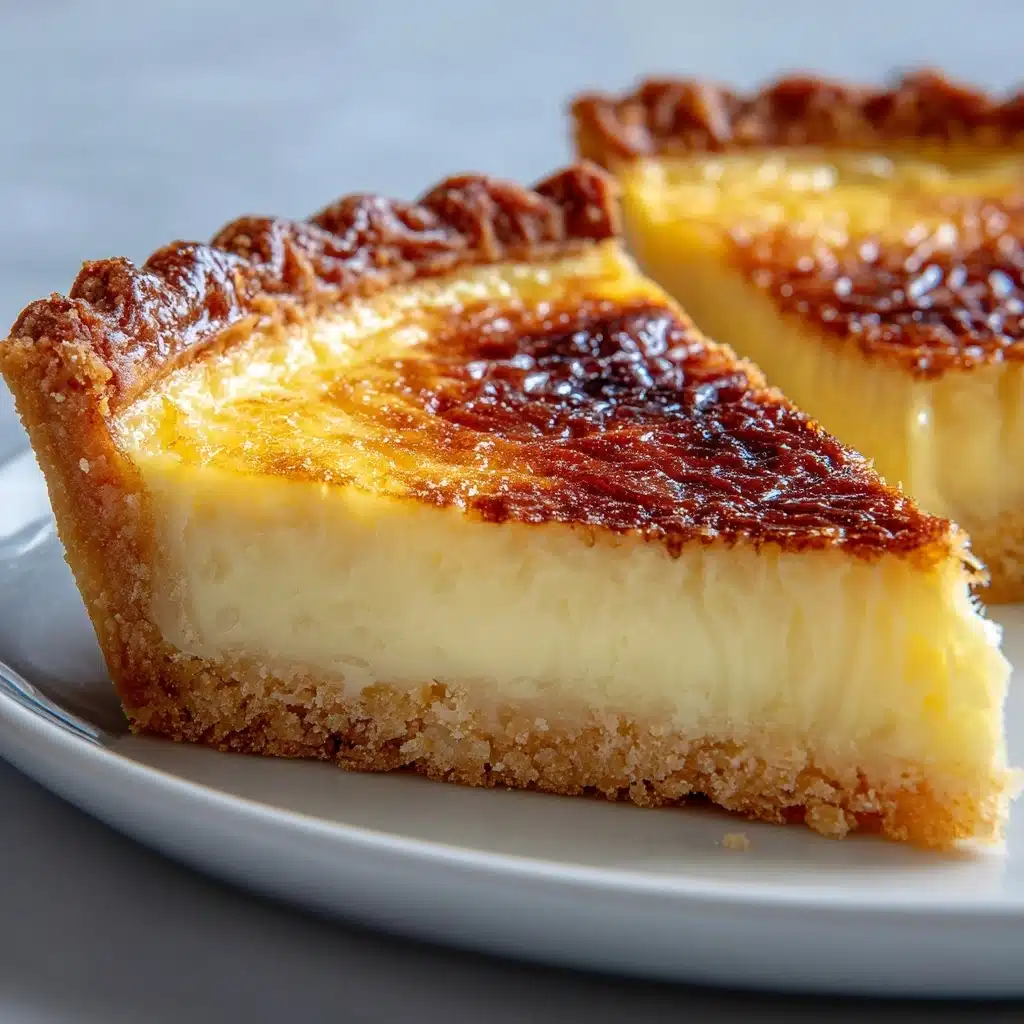
Garnishes
Classic needs little embellishment, but that doesn’t mean you can’t have fun. A sprinkle of freshly grated nutmeg is traditional, but you can also try a few berries, a drizzle of honey, or a touch of citrus zest on top of your Fail-Proof Egg Custard for a splash of color and flavor.
Side Dishes
This custard shines all on its own but makes a delightful pairing with crisp butter cookies, delicate shortbread, or fresh fruit. The custard’s silky richness contrasts beautifully with a crumbly, crunchy cookie or a tart berry compote—try serving alongside these for a simple yet elegant dessert plate.
Creative Ways to Present
Fail-Proof Egg Custard feels timeless in individual ramekins, but you can pour it into teacups or vintage glassware for a nostalgic twist. For a special occasion, unmold the chilled custard onto small plates and serve with edible flowers or caramel sauce for extra wow factor.
Make Ahead and Storage
Storing Leftovers
Keep leftover Fail-Proof Egg Custard covered in the refrigerator, where it’ll stay fresh for up to three days. Make sure each ramekin is tightly wrapped or lidded to keep other fridge smells out and that signature custard aroma in.
Freezing
Egg custards can be tricky to freeze since their texture can change after thawing, but if you must, let the ramekins cool completely, then wrap tightly in plastic wrap and foil. Thaw gently in the fridge overnight and enjoy within a month—just know it may be a touch less creamy.
Reheating
Fail-Proof Egg Custard is best enjoyed cold or at room temperature, so there’s no need to reheat. If you do want a gently warmed custard, set the ramekin in a pan of hot water for a few minutes until just slightly warm—never microwave, as this can curdle the delicate texture.
FAQs
Help! My custard is watery or hasn’t set. What went wrong?
Likely, the custard wasn’t baked long enough. Oven temperatures can vary, so look for that signature jiggle in the center—it should quiver but not slosh. Letting it chill fully helps set it, too.
Can I use low-fat or non-dairy milk for this recipe?
For classic texture and taste, whole milk is ideal. Low-fat milk can work in a pinch but expect a looser result. For a dairy-free take, coconut milk comes closest, though the flavor and texture will shift.
Do I really need the water bath for Fail-Proof Egg Custard?
Yes! The water bath is essential. It keeps the heat gentle and steady, helping your Fail-Proof Egg Custard bake evenly without overcooking or curdling at the edges.
How can I tell when the custard is done?
Your custard is ready when the edges are set but the center wobbles when you gently shake the ramekin. Don’t wait for it to be completely solid—it’ll firm up more as it cools.
Can I flavor the custard differently?
Absolutely! Feel free to add lemon or orange zest, a splash of almond extract, or even a pinch of cinnamon. Small tweaks let you personalize your Fail-Proof Egg Custard while keeping that lovely base.
Final Thoughts
If you’re seeking pure comfort and charm in dessert form, you simply have to try this Fail-Proof Egg Custard. It’s a delightful nod to tradition that tastes like home, with a texture so smooth you’ll want to savor every spoonful. Grab your ramekins and treat yourself—you’re about to master a timeless favorite!
Print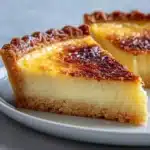
Fail-Proof Egg Custard Recipe
- Total Time: 55 minutes plus chilling time
- Yield: 6 servings 1x
- Diet: Gluten-Free, Vegetarian
Description
Indulge in the creamy goodness of this fail-proof egg custard, a classic dessert that’s easy to make and always a crowd-pleaser. With just a few simple ingredients, you can create a smooth and velvety custard that’s perfect for any occasion.
Ingredients
Main Ingredients:
- 2 cups whole milk
- 3 large eggs
- 1/2 cup granulated sugar
- 1 teaspoon pure vanilla extract
- 1/4 teaspoon salt
Additional Topping:
- Freshly grated nutmeg for topping
Instructions
- Preheat the Oven: Preheat your oven to 325°F.
- Warm the Milk: Heat the milk in a saucepan until warm.
- Prepare the Custard Mixture: Whisk together eggs, sugar, vanilla, and salt. Slowly mix in warm milk.
- Strain and Pour: Strain the custard and pour into ramekins.
- Bake: Bake in a water bath with nutmeg topping until set.
- Cool and Chill: Let the custards cool, then chill before serving.
Notes
- Avoid overbaking for a smooth texture.
- Enjoy plain or with fresh berries.
- Prep Time: 10 minutes
- Cook Time: 45 minutes
- Category: Dessert
- Method: Baking
- Cuisine: American
Nutrition
- Serving Size: 1 ramekin
- Calories: 180
- Sugar: 17g
- Sodium: 110mg
- Fat: 7g
- Saturated Fat: 3g
- Unsaturated Fat: 3g
- Trans Fat: 0g
- Carbohydrates: 19g
- Fiber: 0g
- Protein: 7g
- Cholesterol: 140mg
